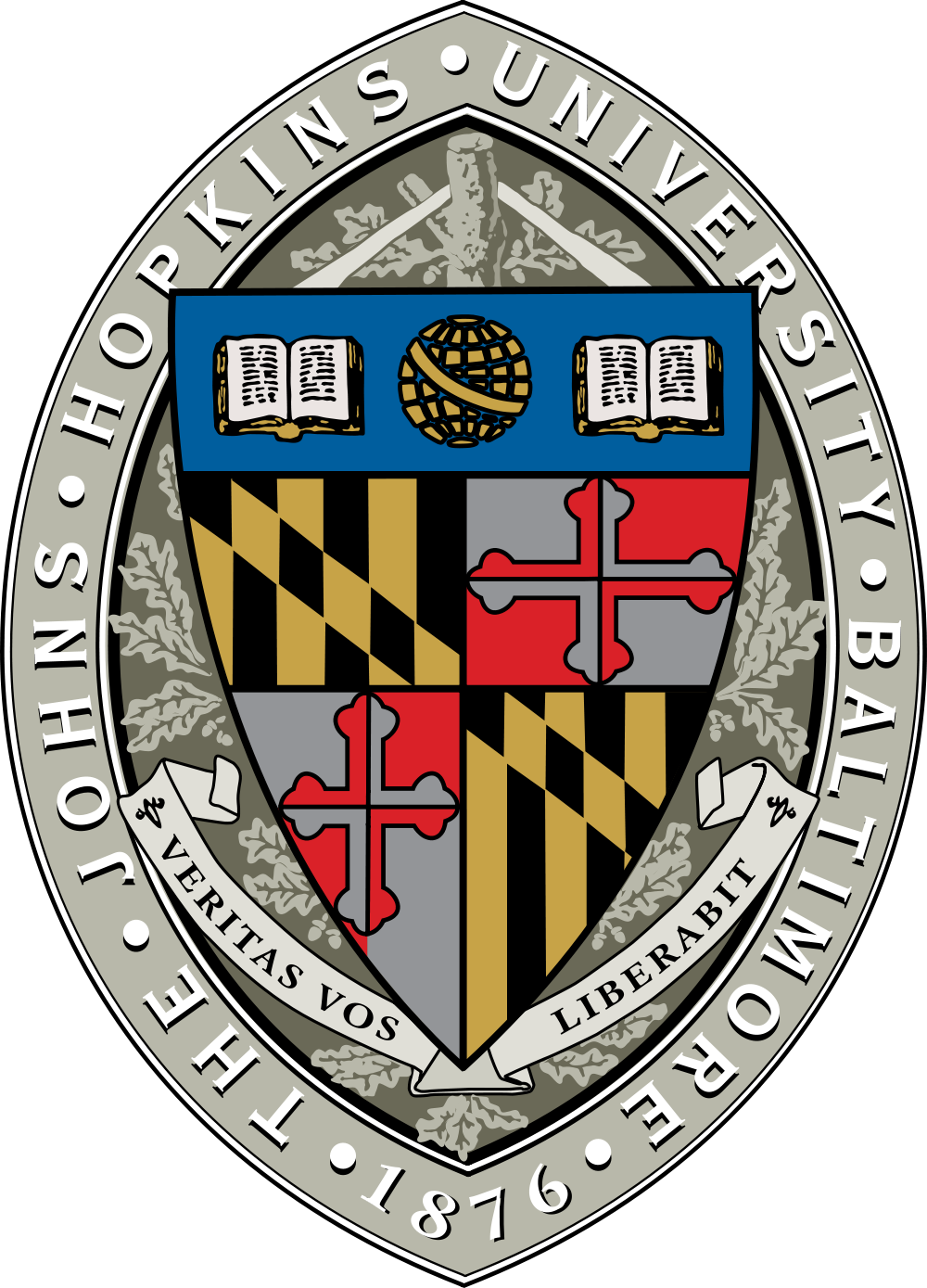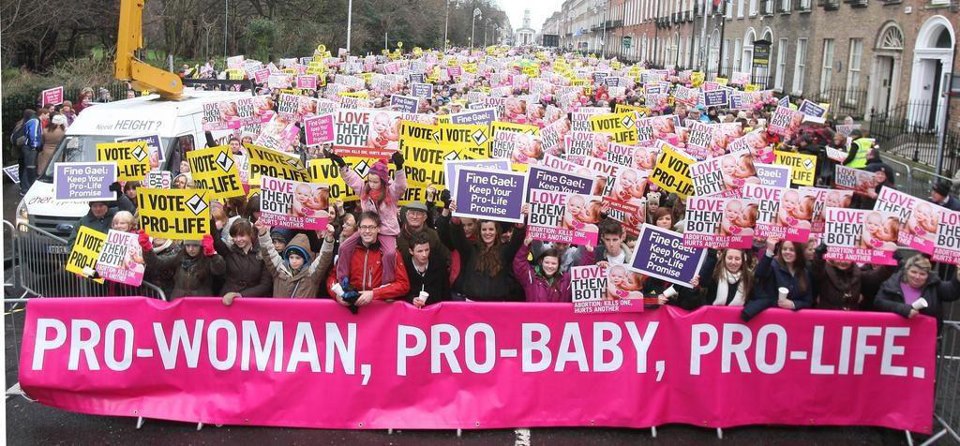When my husband and I began the adoption process, we had no idea how controversial it would become. There are many stories being written these days harshly critiquing Christians who adopt children.
Before we look at one of those stories, a quick aside. When we went through adoption training a few weeks ago, one of our instructors suggested that we not watch any Lifetime moves during the process. Why? Well, here’s a synopsis of a Lifetime channel offering from last year, titled Adopting Terror (subtle!):
Tim and Cheryl Broadbent are excited to finally adopt Mona, a beautiful baby girl. But when the baby’s biological father starts stalking them, their world turns upside down: through intimidation, manipulation, and violence, he is determined to take his daughter back.
I think our adoption trainers should also suggest not reading the comments on New York Times articles about adoption. Seriously, they’re awful!
What set off the recent adoption-critical trend was Kathryn Joyce’s book “The Child Catchers: Rescue, Trafficking, and the New Gospel of Adoption” and concurrent Mother Jones article headlined (also subtly) “Orphan Fever: The Evangelical Movement’s Adoption Obsession.”
Like Lifetime screenwriters, Joyce focuses on the negatives about adoption. Which, of course, has a place.
Now that we’ve been navigating this process for a few years, we are much more aware of just how incredibly difficult adoption is. (We’re in the domestic program, but we’ve gotten to know people who adopt internationally as well.) Sometimes the stories about all the things that can go wrong (from all directions) consume me. When trying to help take care of children whose birth families are unable to do so, lots of problems can arise. The very existence of adoptive families also creates incentives for corruption. And the desire of adoptive families for children can lead to pressures and shortcuts. But in the same way that Lifetime movies aren’t a reflection of the vast majority of adoption stories, Joyce has been criticized (see below) for focusing on a few dramatic examples of problems at the expense of the larger story.
Anyway, it’s in this context that this New York Times article “Eager to Adopt, Evangelicals Find Perils Abroad” was published. In a tweet just after his story ran, the author of the Times piece wrote of Joyce’s writing on the matter “Good summary of the issues from @kathrynajoyce: The Problem With the Christian Adoption Movement http://huff.to/1aR3aZn.”
I actually was notified of the story because another reporter didn’t like the tweet announcing this particular story. Note the scare quotes:
My take on Christian “orphan” movement: Eager to Adopt, Evangelicals Find Perils Abroad http://nyti.ms/19tIhFUa
I tried to put the best construction on the scare quotes, noting that a minor part of the story is how sometimes the corruption of international adoptions includes questions as to whether the children being adopted are actually orphans (You might remember some discussion about whether the infant Madonna adopted from a Malawi orphanage was actually an orphan, etc., etc.). But I agree that the scare quotes are unnecessary and unhelpful.
The article begins with the story of a Montana family with eight children, four adopted. We learn a little bit about their Christian motivation (e.g. “inspired by compassion and a biblical mandate to aid “widows and orphans”) and we’re told:
She and her husband, and the Journey Church where he is lead pastor, are part of a fast-growing evangelical Christian movement that promotes adoption as a religious and moral calling. Its supporters say a surge in adoptions by Christians has offered hope and middle-class lives to thousands of parentless or abandoned children from abroad and, increasingly, to foster children in the United States as well. Hundreds of churches have established “orphan ministries” that send aid abroad and help prospective parents raise the tens of thousands of dollars needed to adopt.
In order to describe the movement as “fast-growing” and “evangelical,” we need some numbers and religion data, right? Well, later we learn:
The presence of evangelical Christians is especially evident in international adoptions, which have declined over all as more countries restrict or ban them because of scandals or politics. In 2012, some 8,668 adoptees entered the United States, down from a peak of 22,991 in 2004.
Though no one collects data on the religions of adopting parents, couples encouraged by the new Christian movement account for “a significant and growing minority of international adoptions,” in the words of Adam Pertman, executive director of the Evan B. Donaldson Adoption Institute, a research group.
So by “fast-growing” we mean that the number of adoptees entering the U.S. have plummeted in the last eight years? How is that “growing” much less “fast-growing”? And we have no data on the religions of adopting parents, period. OK, then! How, exactly, is the “presence of evangelical Christians … especially evident”? I am asking as I have no idea what the answer is.
And I’m not entirely sure we’ve got a good handle on Christians adopting domestically vs. internationally. Many agencies offer both programs — and they are dramatically different programs — and many churches offer support for both international and domestic adoption … and other care programs such as foster or interim care. How do we know precisely how many evangelicals (as opposed to Catholics or Lutherans or what not) are involved in which programs?
But let’s get back to the Lifetime movie script story:














